How to Use Condition Monitoring as a Proactive Equipment Reliability Improvement Strategy
Peter Brown
Condition Monitoring when used to drive reliability improvement offers diagnostics, information and data for Root Cause Analysis and equipment redesign, along with verification of defect or design correction. Proactive condition monitoring is a context embracing world class reliability maintenance concepts.
1. Condition Monitoring
A Definition of Condition Monitoring: The process of systematic data collection and evaluation to identify changes in performance or condition of a system, or its components, such that remedial action may be planned in a cost effective manner to maintain reliability.
While the basic definition of Condition Monitoring (CM) may have general application across many industries, the objectives for Condition Based Maintenance (CBM) may vary greatly.
- CM uses selected measurements to detect changes in operating conditions.
Many failure modes have measurable responses and develop over periods of time. These are the ideal applications for CBM. Sampling may be continuous, (eg turbo-machinery) or periodic ( eg monthly survey on conveyor drive). - CM gives early warning of potential failure.
If the measured parameters are well chosen and properly measured and analysed, there will be valuable information gained for maintenance planning purposes. It is essential that what defines ‘normal’ is understood and documented so that the severity of variations can be measured. - CM gives information about the nature of the failure.
From this a prognosis should be able to be determined. The rate of sampling and access to maintenance history on the machine may have an influence on the quality of the final decisions made. - CM allows management of failure to full life potential.
Identification of a failure mode does not necessarily mean that an immediate maintenance action is needed. Just when maintenance action must be taken is the toughest part of managing a CBM programme! Your reputation may depend on it!! The best course is to involve as many informed people in the decision making process. - CM evaluates corrective action.
Immediately after a machine has been repaired it should be subject to condition monitoring testing. This will potentially identify assembly or installation faults that may lead to early failure (infant mortality) or affirm the quality of improvement achieved through the application of improved work practices or maintenance standards.
The most commonly used techniques of condition monitoring are;
- Vibration Measurement and Analysis
- Oil Condition and Wear Debris Analysis
- Thermography
- NDT, especially thickness testing
- Performance trending, e.g. flow rate measurement
The developing focus is upon integrated proactive condition monitoring giving better forecasts of remaining life. Of these, vibration is the most widely used and lends itself to detection of a wide range of faults.
Oil analysis is a particularly powerful technique for the monitoring of gearboxes and also reciprocating machinery.
The benefits of Thermography in surveys of electrical switchboards has long been recognized. It is now being used more widely for rotating equipment misalignment and wrong tolerance-and-fit problems. Operations personnel can use thermography to identify pipe blockages and sediment build-up in tanks where higher temperature fluids are involved.
2. Condition Monitoring in the Real World
There is a wide acceptance of Condition Monitoring, but there are a number of limiting factors, most coming from a historical context of the application being seen as the answer to all of maintenance’s needs;
- CM is often used as a ‘stand alone’ maintenance concept
- Frequently CM is simply used for Failure Prediction, little else is asked for or expected
- Too often CM has been driven from the bottom upward
- CM alone does not provide for reliability
- CM does not prevent failure – it detects and predicts it.
The following graph is a vibration history from a ‘successful’ condition monitoring programme and shows that some 50% more machines are running roughly after 2 years. The same old problems are appearing repeatedly and not being eliminated. They were ‘successful’ from a failure prediction perspective—they found a lot more problems, but the condition monitoring strategy was not supported with a defect elimination strategy!
This is not good from the perspective of maintenance costs, plant availability and reliability.
Some of the limitations of proactive condition monitoring are quite reasonable and must be accepted as such;
- It can be expensive to apply,
- It is normally applied only where cost and Risk justifies it,
- It tends to be used on expensive and large plant.
Typically, in very many plants we find that only 20% – 30% of plant is covered by a monitoring programme. Unfortunately there are plants where Condition Monitoring is not working well; a major issue is the translation of data into information and that information being utilised correctly within the maintenance organisation to make good reliability improvement decisions.
Condition Monitoring placed in a Reliability context offers;
- diagnostics,
- information and data for Root Cause Analysis and redesign,
- verification of defect or design correction,
- a context embracing all maintenance concepts.
Our remaining 70% of plant is denied many of these benefits in the search for a balance with the resulting maintenance costs. This leaves a lot of plant to be ‘covered’ by Breakdown or Planned Preventative maintenance.
We know that Breakdown Maintenance is expensive to apply, can be dangerous and contributes little to Reliability. We know that Planned Preventative Maintenance can be intrusive, can greatly increase the risk of failure to otherwise stable systems, and does not maximise potential operational life. We may be covering 70%, or more, of our plant with these techniques – or perhaps, no technique at all, just letting it care for itself.
How is this problem to be best approached?
Why not eliminate the problems in the first place? Reduce the need for maintenance! It can be minimised by appropriate engineering design.
3. The Contribution of the Maintainers and Operators
The essential element in failure elimination is the level of craft skill applied when equipment is worked on—only the use of precision craft skills will remove defects from plant and equipment.
Precision Skills are additional to other concepts and methods that are embraced by maintenance management—be they TPM, TQM, RCM2, or whatever. No matter what philosophies may be applied by management, no matter what software packages they use at great expense, no matter what changes or guru’s exhortations—if it does not reach and motivate the workforce to do their work at the ‘coal face’ with greater diligence using precision skill work quality on a plant-wide basis—nothing will change in your operation.
Precision skills come into play:
- in the disassembly of equipment for maintenance and corrective work. It is when the information is gathered to identify the root causes of failure and to provide feedback information contributing to redesign to eliminate failure and unnecessary maintenance.
- during reassembly and repair of equipment to ensure quality work takes place; attention to fits and tolerances, fitting of bearings and other components etc.
- during installation to ensure foundations and substructures are sound and highest alignment standards are met.
A very under utilised asset that can assist with this problem in most plants is the Plant Operator.
Condition Checking is a sub-set of condition monitoring; it satisfies the need in Reliability to identify potential failures. From an informed awareness and understanding of their equipment and processes operators are capable of using ‘look, listen and feel’ skills to identify the warning signs of failure. It is in this role that plant operators become “front line condition monitors” and have the potential to make an enormous and valuable contribution to the reliability of the plant.
Here is a simple example of the benefits to be enjoyed when operators care for their machinery with knowledge and understanding.
When there is kicking at the crank blocks of filter agitators this is caused by loose chains and associated slippage on the drive key. With early warning from an observant operator it is a half-hour job to tighten the drive chains. With no notification it will result in a 2-day job for 2 maintenance technicians due to damaged bearings, keyways and perhaps even a gearbox, but certainly a whole shaft replacement.
In the best plants identifying such problems is a formalised role. It is seen as part of a Plant Operator’s competence. A way that can help facilitate this is to involve them, with suitable training, in minor maintenance so that they have greater ownership of the equipment. Minor maintenance tasks might include, lubrication, tightening of belts, changing of filters.
A very valuable, but often under utilised, source of plant condition information is the data that is available through the process control instrumentation. Increasingly this data is being accessed for maintenance purposes. Operators can be trained to monitor data provided by proactive condition monitoring in order to draw attention to meaningful changes in equipment operation.
Peter Brown
Related Articles
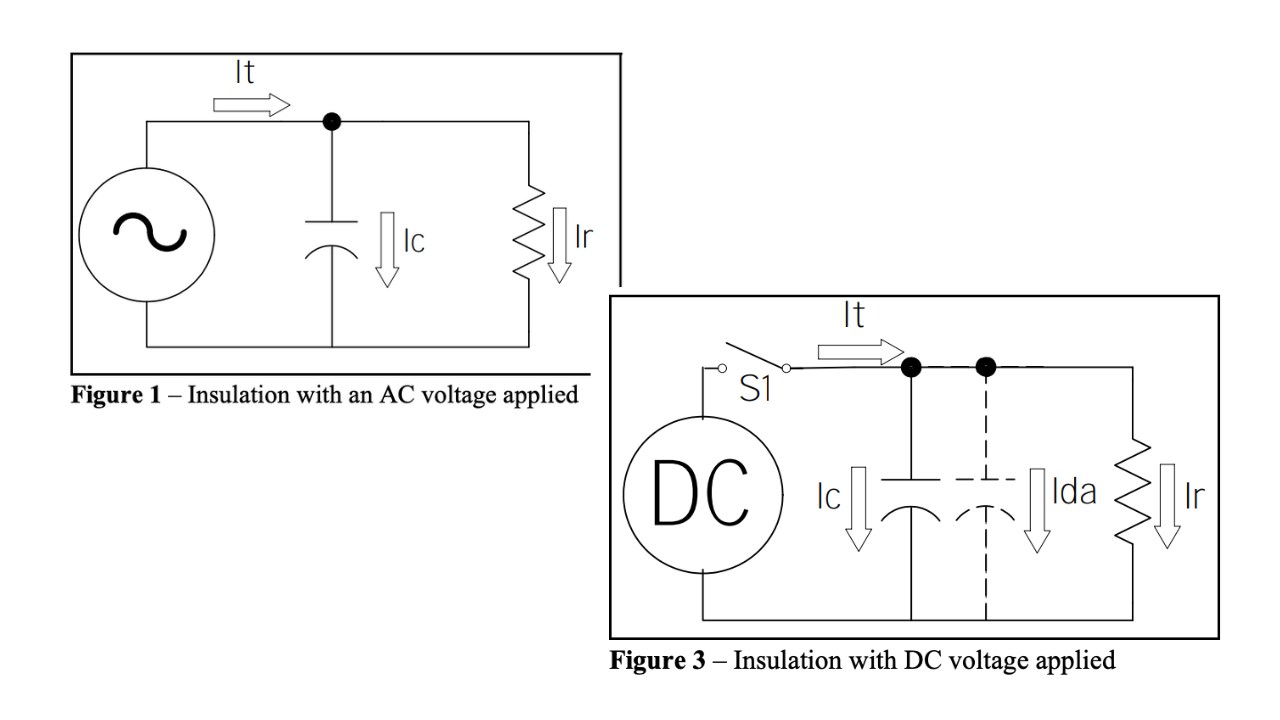
Principles of Insulation Testing
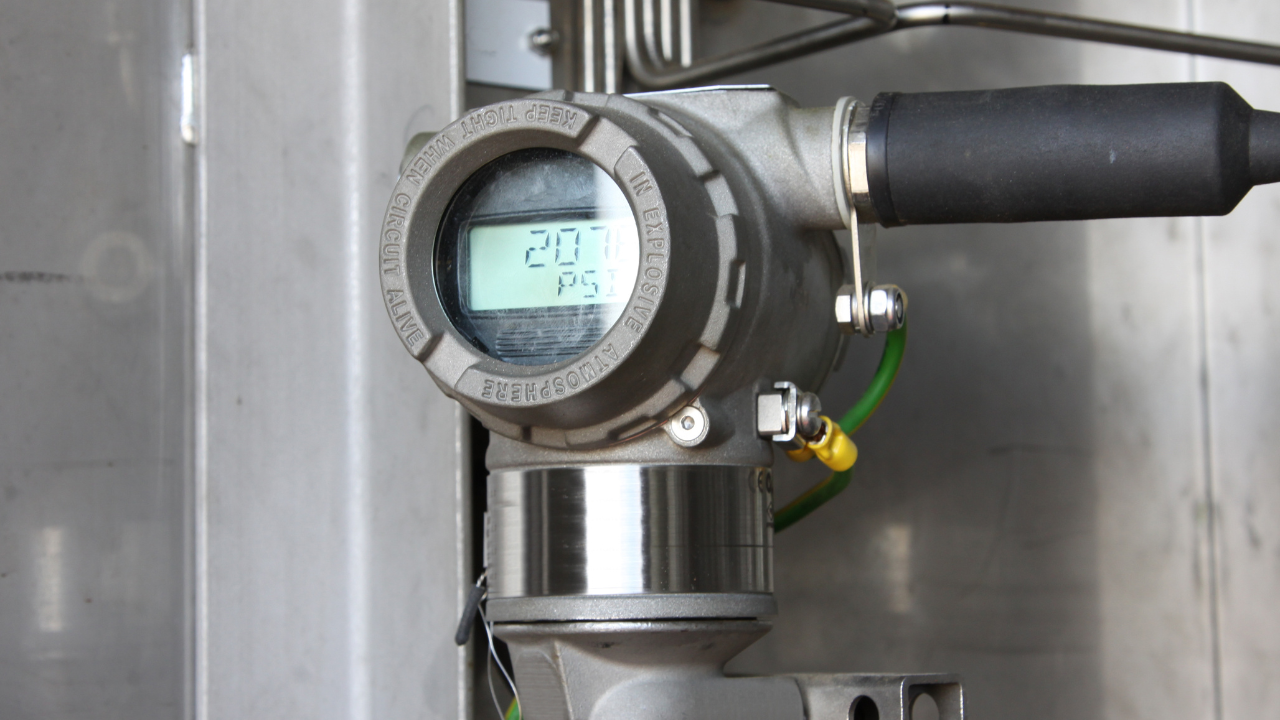
Top Tips for Selecting Pressure Measurement Transmitters
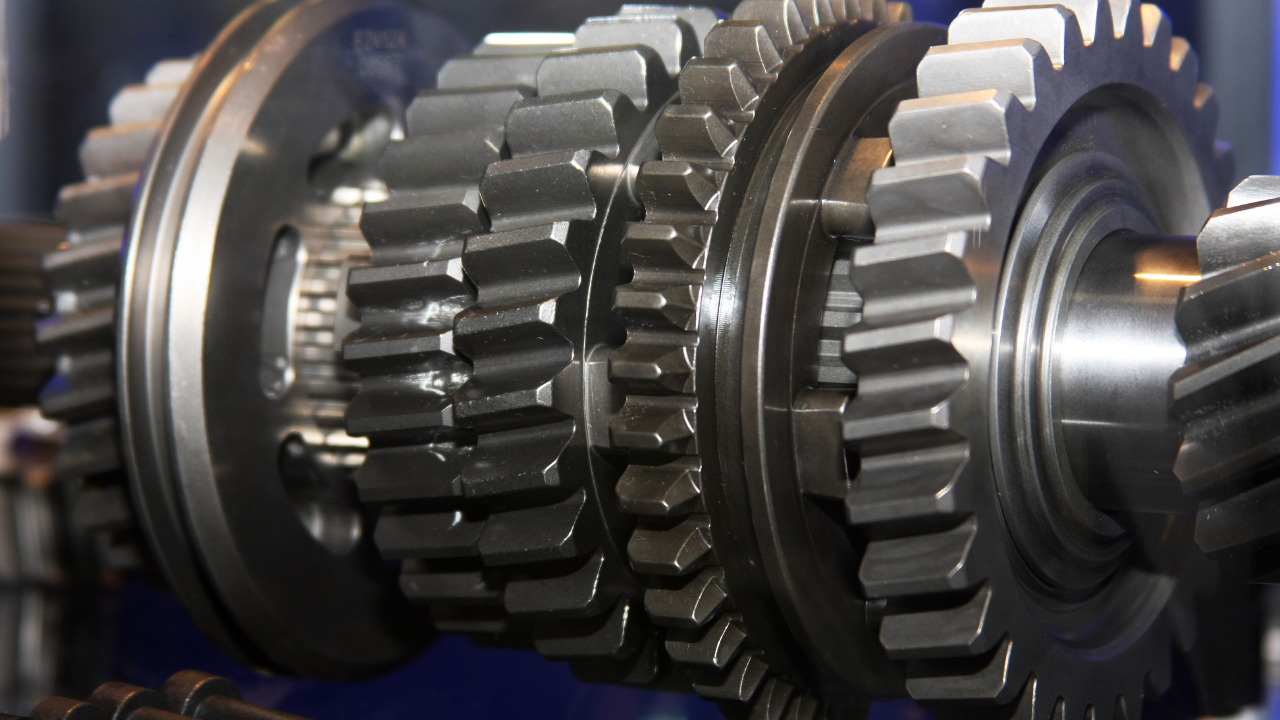
Gearbox Diagnostics Fault Detection
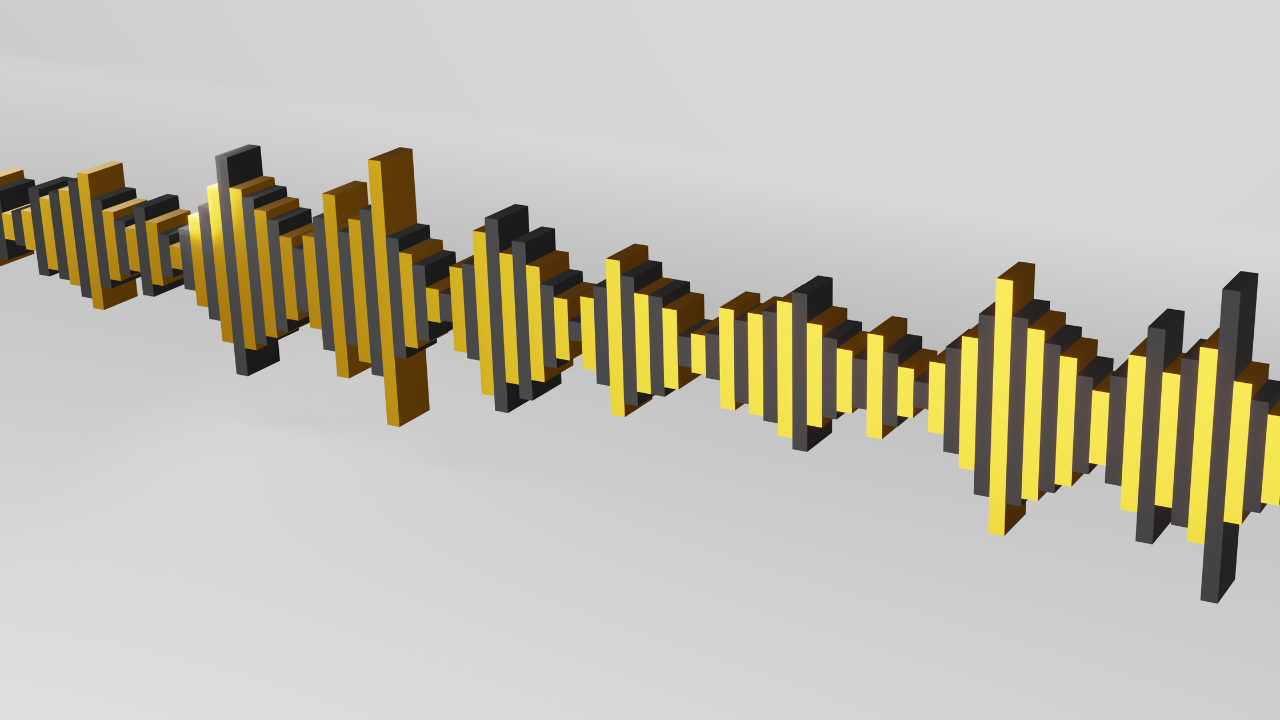
What is Vibration?

Why Record? Infrared Video
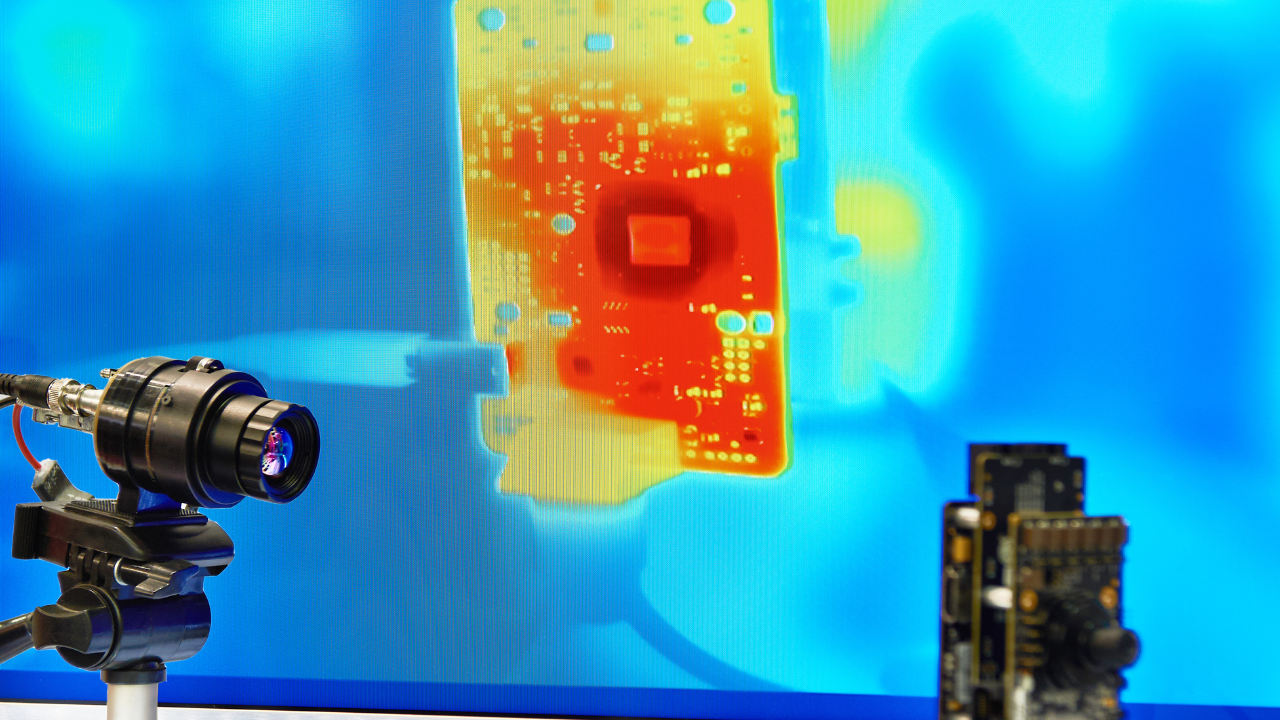
What You Should Know Before you Buy – A Guide to Buying an Infrared Camera




